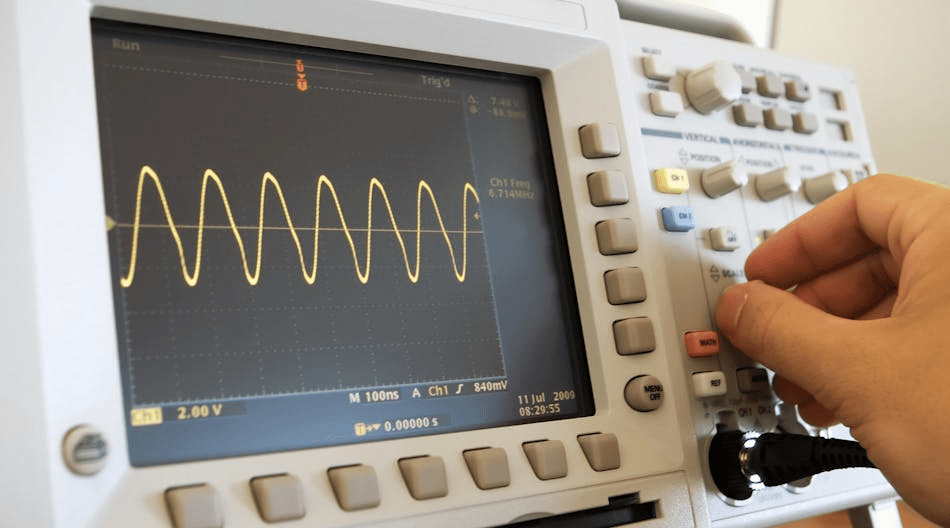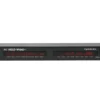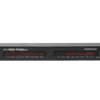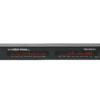Match Amplifier to Loudspeaker
It’s essential to Match Amplifier to Loudspeaker correctly to avoid distortion, damage, or poor audio quality. In this article, we’ll break down power ratings like RMS, peak, and PMPO to help you match amplifier to loudspeaker with confidence and precision.
When it comes to shopping for amplifier or speaker, you’re bombarded with a multitude of specifications and technical terms. Among these, you’ll often come across RMS power, peak power, and PMPO. These ratings can be confusing, but they are crucial for making an informed decision when selecting audio equipment. In this article, we’ll delve into what RMS power, peak power, and PMPO mean, and why you should prioritize the RMS rating when shopping for amplifier or speaker.
RMS Watts Explained
Root mean square or simply RMS watts refers to continuous power handling of a speaker or a subwoofer or how much continuous power an amplifier can output. RMS values are usually lower than peak watts ratings, but they represent what a unit is truly capable of handling. Think of RMS power as the average power that a speaker can handle on a daily basis without compromising sound quality or experiencing any distortion.
Peak Watts Explained
The peak power handling is the highest power level that a speaker or a subwoofer can handle in a short burst without blowing. The same holds for amplifiers as the absolute highest amount of power they can put out before failing or without resulting in distortion.
We can think of peak watts as the number atop of your car’s speedometer. For example, you can drive for maybe 180km/h, but you can’t sustain that speed for long without causing mechanical or thermal damage to the car. In the same way, the peak power level can only be maintained for a fraction of a second, although there’s no clear definition of how long.
If the unit is subjected to constant peak power, the wires may overheat, which could quickly damage the voice coils.
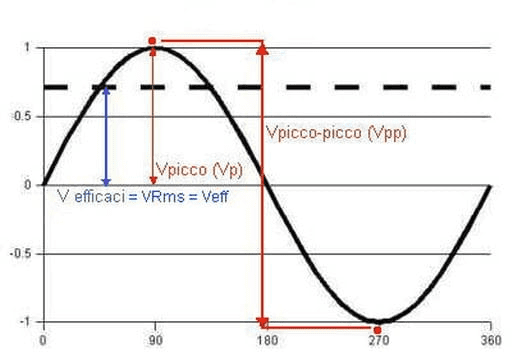
PMPO
PMPO, which stands for Peak Music Power Output or Peak momentary performance output,is a much more dubious figure of merit, of interest more to advertising copy-writers than to consumers.The term PMPO has never been defined in any standard,but it is often taken to be the sum of some sort of peak power for each amplifier in a system. Different manufacturers use different definitions, so that the ratio of PMPO to continuous power output varies widely; it is not possible to convert from one to the other. Most amplifiers can sustain their PMPO for only a very short time, if at all; loudspeakers are not designed to withstand their stated PMPO for anything but a momentary peak without serious damage.
Match amplifier to loudspeaker
Charles “Chuck” McGregor, while serving as senior technologist for Eastern Acoustic Works, wrote a guideline for professional audio purchasers wishing to select properly sized amplifiers for their loudspeakers. Chuck McGregor recommended a rule of thumb in which the amplifier’s maximum power output rating was twice the loudspeaker’s continuous (so-called “RMS“) rating, give or take 20%. In his example, a loudspeaker with a continuous power rating of 250 watts would be well-matched by an amplifier with a maximum power output within the range of 400 to 625 watts.
JBL, which tests and labels their loudspeakers according to the IEC 268-5 standard (called IEC 60268-5 more recently) has a more nuanced set of recommendations, depending on the usage profile of the system, which more fundamentally involves the (worst case) crest factor of the signal used to drive the loudspeakers:
- For “carefully monitored applications where peak transient capability must be maintained, a system should be powered with an amplifier capable of delivering twice its IEC rating.” As an example, a studio monitorrated at 300 watts IEC, can be safely driven by a 600-watt (RMS) amplifier, provided that “peak signals are normally of such short duration that they hardly stress the system’s components”.
- For “routine application where high continuous, but non-distorted, output is likely to be encountered, a system should be powered with an amplifier capable of delivering the IEC rating of the system“. This includes most consumer systems. “Such systems can often be inadvertently overdriven, or can go into feedback. When powered with an amplifier equal to their IEC rating, the user is guaranteed of safe operation.“
- “For musical instrument application, where distorted (overdriven) output may be a musical requirement, the system should be powered with an amplifier capable of delivering only one-half of the IEC rating for the system.” This necessary because, for example, an amplifier normally outputting “300 watts of undistorted sinewave” can reach closer to 600 watts of power when clipping(i.e. when its output is closer to a square wave). If such a scenario is plausible, then for safe operation of the loudspeaker, the amplifier’s (RMS) rating must no more than half the IEC power of the loudspeaker.
For more audio-related insights and tips, visit the official OpenAudio website.


